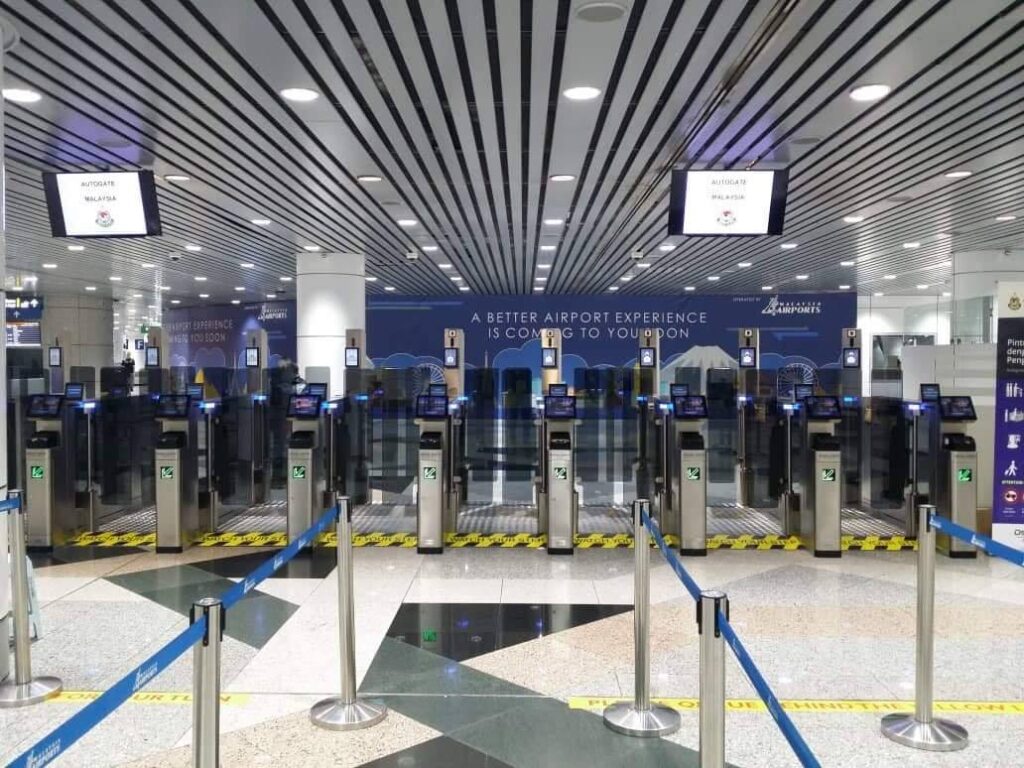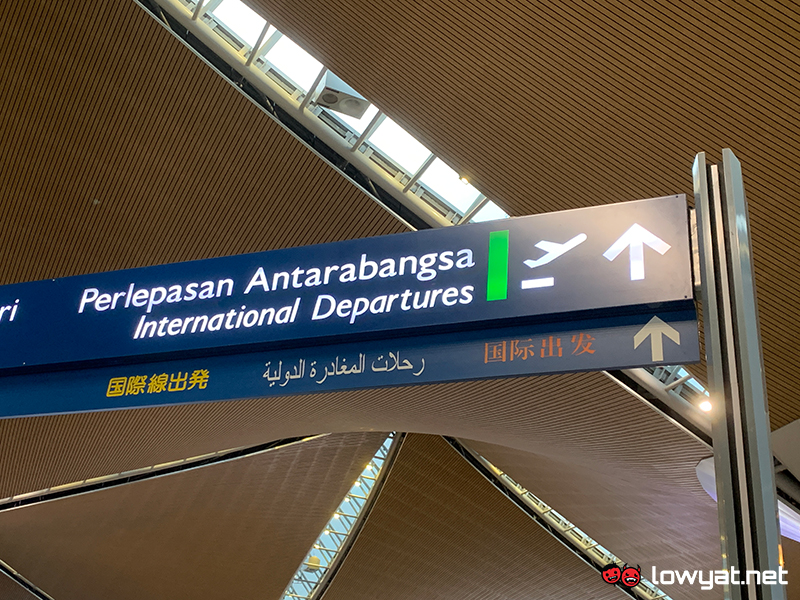More specifically, the use of the autogates will be open to foreigners with long-term visit passes. These are usually issued to those who work and study in Malaysia, expatriates, participants of the Malaysia My Second Home program, and those who are married to locals. [Image: Imigresen Malaysia / Facebook.]But that’s not the only condition that foreign visitors will need to meet in order to use them. Bernama quotes Khairul Dzaimee as saying that “only passports with chips and those that comply with the International Civil Aviation Organization (ICAO) conditions can be used at these autogates”. This likely refers to machine-readable passports, as well as their embeded RFID chips that contain biometric data. According to the ICAO, there are over 140 “States and non-state entities” that are currently issuing these ePassports. The report indicates that the reason behind allowing such foreigners to make use of the Automated Entry System is to “improve the management efficiency of foreigners entering Malaysia”. The idea is sound on the surface, as one could easily see this making the process of entering and exiting the country a lot faster as a whole. But at the same time, it’s also not difficult to imagine things being slower than before for Malaysians specifically. This is currently set to go into effect next month, though no exact date was provided.
With international travel mostly not being a thing during the height of the COVID-19 pandemic, the use of the autogates was suspended. They were briefly activated last year, only to be shut down again due to the Omicron wave. Then, in March of this year, as the country approached the endemic transition phase, these autogates were reactivated once again. (Source: Bernama, ICAO)

